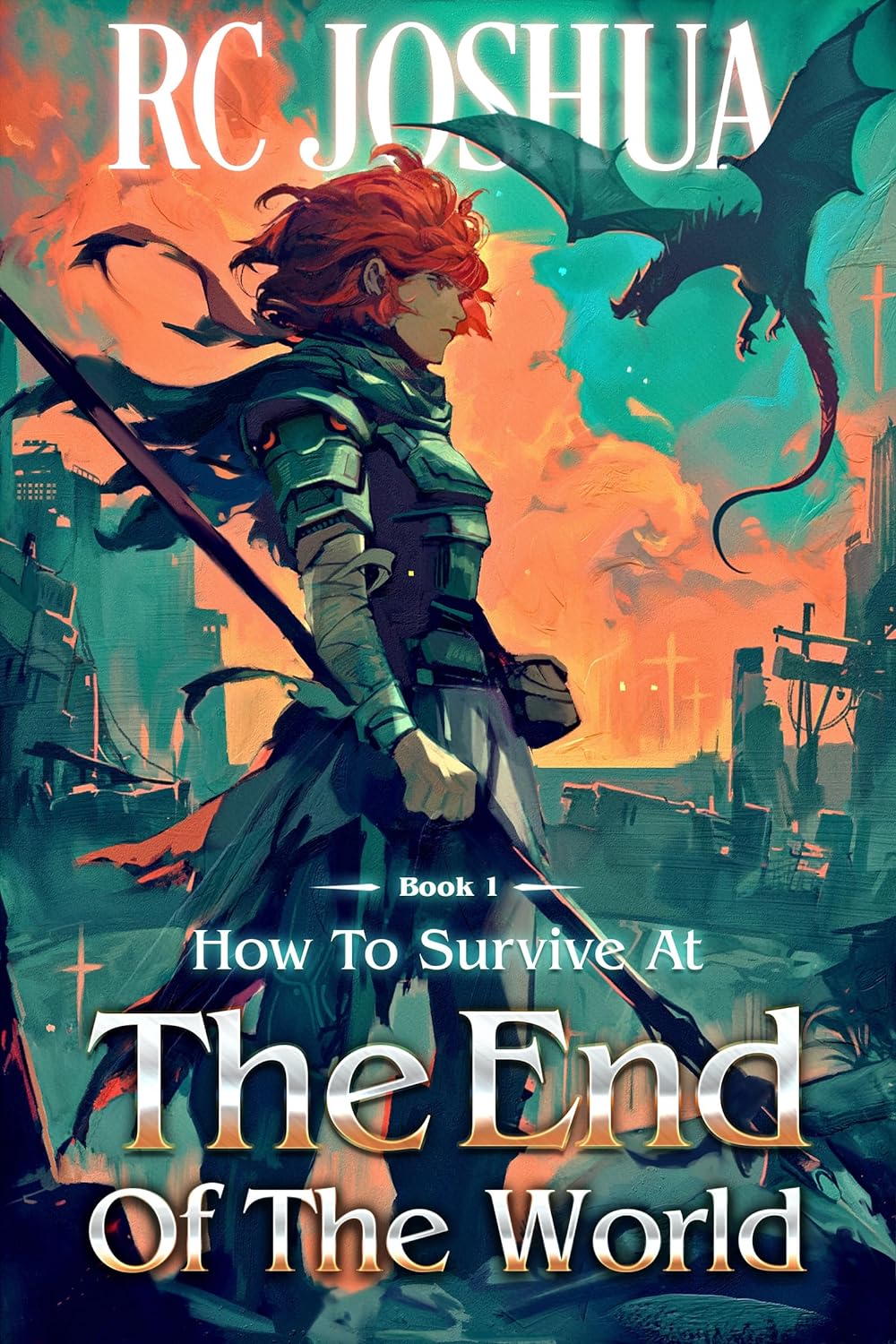What do you think?
Rate this book


491 pages, Kindle Edition
First published April 11, 2024
Survival’s Edge: Navigating a Post-Apocalyptic World
Author: R.C. Joshua
Genre: Post-Apocalyptic, Survival Fiction, Dystopian
Series: How to Survive at the End of the World (Book 1)
R.C. Joshua's How to Survive at the End of the World sets the tone for an immersive post-apocalyptic series that grapples with survival, morality, and human resilience in a world that's been brought to the brink of destruction. Book 1, the opening installment of the series, delivers a thrilling yet thought-provoking narrative, painting a vivid and often brutal picture of life after civilization collapses.
Plot Overview:
The story thrusts readers into a world where society has crumbled, leaving survivors scattered across a hostile and dangerous landscape. The exact cause of the apocalypse isn’t fully unveiled in the first book, which adds a layer of mystery and intrigue. Readers are introduced to a variety of survivors, each with their own unique skills and experiences, struggling to adapt to their new reality.
The narrative follows the protagonist—a lone wanderer whose skills in survival are as sharp as his will to keep moving forward. His journey is interwoven with encounters of both friendly and hostile factions, marauders, and others who are trying to rebuild something resembling a society. This balance of external threats and the protagonist's internal battle with hopelessness and isolation provides a strong emotional core to the book. The story's pacing alternates between tense moments of action and reflective periods where survival decisions are weighed against the moral consequences.
Themes:
Characters:
R.C. Joshua crafts characters who feel authentic to the harshness of the world they inhabit. The protagonist, though nameless in many parts of the book, is a character of great complexity. He is both a hardened survivor and someone haunted by his past—memories of a life before the apocalypse, relationships he couldn’t save, and decisions he regrets. This psychological depth makes him relatable, even when his actions verge on brutal or extreme.
The supporting cast, while less developed in this installment, shows potential for growth in future books. Joshua introduces several memorable characters—survivors who represent different facets of humanity in crisis, from ruthless opportunists to hopeful idealists. The interactions between these characters are often tense, laced with mistrust, which creates palpable suspense.
Writing Style:
Joshua's prose is sharp and vivid, often starkly describing the devastation of the world while capturing the more subtle emotions of the characters. His descriptions of landscapes are both beautiful and bleak, serving as a backdrop to the desolation the characters endure. Action scenes are handled with precision, keeping the reader on edge without becoming overly detailed or gratuitous.
Dialogue is sparse but impactful, fitting the grim tone of the novel. Characters speak with a sense of guardedness, aware that revealing too much could be a dangerous mistake. This adds to the tension, as the reader is often left wondering who can be trusted. Joshua also uses flashbacks sparingly but effectively, giving glimpses of the protagonist's life before the fall of civilization, which adds depth to his character without slowing the pacing.
Pacing and Structure:
The pacing of How to Survive at the End of the World is balanced, with moments of intense action followed by quieter, more introspective sections. The first book serves as both an introduction to the protagonist's personal journey and the broader world-building of the series. While it doesn't answer all of the questions about the nature of the apocalypse or the ultimate direction of the story, it sets the stage for more significant developments in future installments.
Joshua also structures the book in a way that feels episodic—each chapter often focusing on a particular encounter or event, giving it a cinematic quality. However, some readers might find the slower sections a bit too drawn out, especially if they're looking for constant action.
Strengths:
Weaknesses:
Final Thoughts:

How to Survive at the End of the World: Book 1 is a gripping start to what promises to be a compelling post-apocalyptic series. R.C. Joshua skillfully combines action, suspense, and introspection, delivering a story that’s as much about the internal battles of the human spirit as it is about external threats. While it leaves many questions unanswered, it sets up an intriguing world that readers will want to explore further in future books.

For fans of survival fiction, dystopian worlds, and complex moral dilemmas, this book is a solid entry into the genre. Its mix of gritty realism and emotional depth makes it more than just a tale of survival—it’s a meditation on what it means to be human when the world falls apart.
